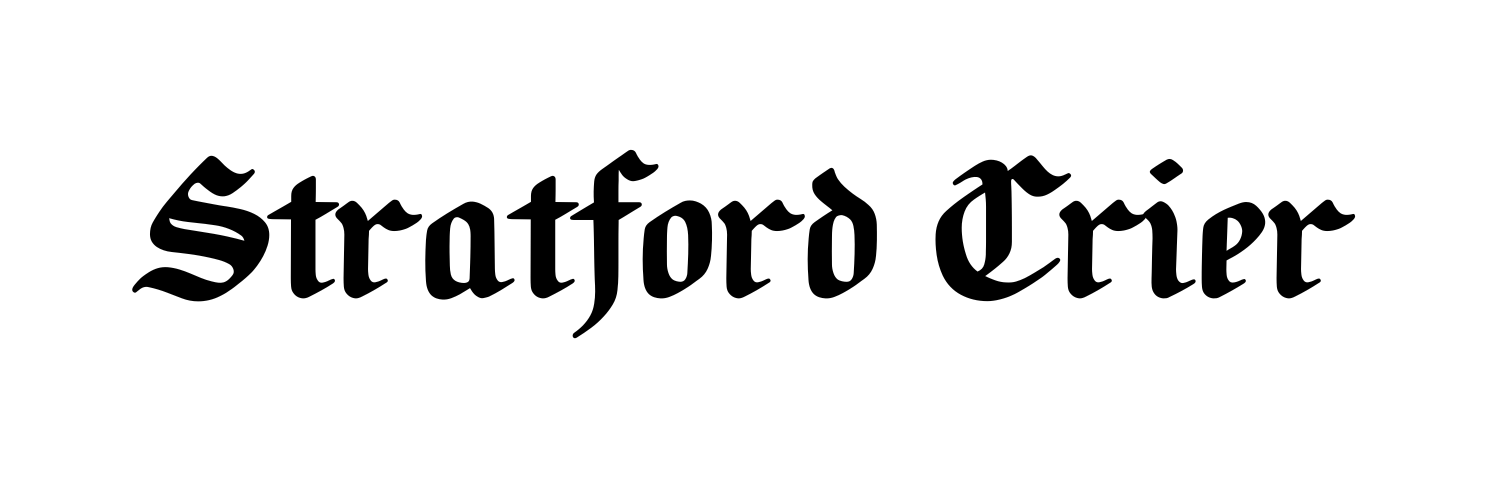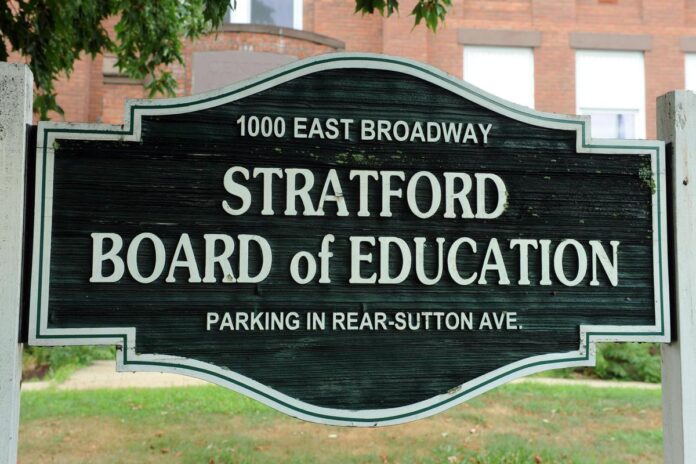May 20, 2024 – SLAM Presentation on Redistricting
As reported in a previous issue of the Stratford Crier, the school board is working with the Glastonbury-based consulting firm The S/L/A/M Collaborative (SLAM) to develop the new elementary school boundaries. The school system is embarking on a redistricting process to balance out the number of students assigned to a building based on its capacity, but also to address impending racial imbalances across the district.
In SLAM’s Phase Three redistricting scenarios they looked at a range of different options to address the enrollment balance, issues that they identified in Phase One and Phase Two planning. The presentation was given by Pat Gallagher, AICP (American Institute of Certified Planners).
The SLAM committee looked at a range of different options and ultimately selected the two presented. They gave a little bit more detail but wanted further conversation with the community and the BOE. Once the board adopts a scenario, the BOE is going to be looking at policies around implementation, including parental and family notifications, plus transportation and other mobilization items that will need to be addressed as they move from a concept to reality for the fall of 2025.
The target date is for the fall of 2025 (the 2025-26 school year). Once the redistricting scenario is adopted, they will move on to the implementation process where the board is going to discuss different considerations around administrative placements, potential grandfathering, exceptions or unique circumstances.
Regardless of which scenario ends up moving forward, as it moves into the implementation phase there are going to be things the board will need to discuss so their process is guided by an overarching goal and criteria to better balance enrollment across elementary, middle and high schools.
According to Gallagher, elementary schools were their initial focus. But after looking at enrollment projections, capacity and utilization, they saw an opportunity to address enrollment balance at the middle and high school levels as well, striving for more of a 50/50 balance between the two middle and high schools, being cognizant of the state’s racial balance laws and making sure that compliance is maintained with those, and removing impending designations if possible, so some of the key drivers of their process at the elementary schools come down to some uneven enrollment and space distribution across the district.
Gallagher’s examples;
- Chapel attendance zone is too small given the size of that building, so Chapel can fit additional students into that building relative to its capacity, and on the opposite end of the spectrum
- Johnson House attendance zone is too large to fit all of the students in the Johnson house building. Over the years there have been a number of administrative placements in Johnson house where students who may live in that attendance Zone may be placed in other buildings due to the space concerns at Johnson house, and that results in crowding issues across the district, not just in Johnson house.
- Another unique circumstance is Lordship. It’s too small a school to support two sections in each grade, and therefore the district does need to maintain some administrative flexibility in order to efficiently use that building.
- When looking at elementary enrollment, the projection is that it will largely stay stable over the next decade, and maintain compliance with the state racial balance law at the middle and high school level.
Says Gallagher, “Elementary attendance zones feed into specific middle and specific high schools, and so any changes to the elementary zones will then result in changes to the middle and high school zones as well.”
Today 45% of middle and high school students live in the Flood and Bunnell attendance Zone, and 55% live in the Wooster and Stratford High School attendance Zone.
“There is some uneven enrollment balance at the middle and high school level as well, and then again, trying to maintain that direct feeder with the building blocks of the elementary attendance zone so all elementary students move up to the same middle and same high school, the same policy as today when we’re looking at enrollment. The middle school is projected to decrease slightly over the next decade, while we’re expecting a more substantial decrease at the high school level. One option we looked at early in the process was is there enough space at the middle schools for sixth grade and up, so that we convert the elementaries to K-5, and what we found was that there just simply isn’t enough physical classroom space at Wooster and Flood Middle Schools to accommodate sixth grade,” Gallagher said.
Of the two scenarios discussed, scenario one is a traditional redistricting approach that largely maintains the neighborhood-based model. It would be enlarging the Chapel attendance zone, shrinking Johnson house attendance zones, utilizing Lordship efficiently with what they are calling a flex zone, where students who live in this area would either be placed in Johnson House or Lordship depending on which grade they’re in and depending on availability of space.
Gallagher said that they were assuming just over 100 students in that Flex Zone would be assigned to Lordship, and there are slightly less than that today who live in the Johnson House attendance zone. The Elementary feeder pattern proposes shifting some additional students into Flood and Bunnell High School attendance zones, though not quite getting to that 50/50 split they were striving for. “So this did a good job of better balancing enrollment across your Elementary buildings,” Gallagher said. “It improves balance at the middle and high school level as well, and it largely maintains that neighborhood-based approach, which was certainly one of the pros for this scenario. We would also be in compliance with the state racial balance law, however we would have some schools that had a higher percentage of students of color by more than 15%, so the impending designation would remain, but that largely just reflects the demographics of Stratford’s neighborhoods. This also is efficient from a transportation standpoint and would reduce administrative placements with the exception of the need for placements at Lordship.”
Scenario 3 is a little bit different approach, where SLAM is utilizing what they’re calling satellite zones. This is shifting students from the school that is overcrowded to the school that has some available space, so they would be enlarging the Chapel attendance zone, shrinking the Johnson House attendance zone, but, by using a satellite zone, shifting students directly from Johnson House into Chapel, and like scenario one, keeping that flexible zone in order to fill Lordship efficiently.
To view the SLAM presentation video (with maps), go to:

